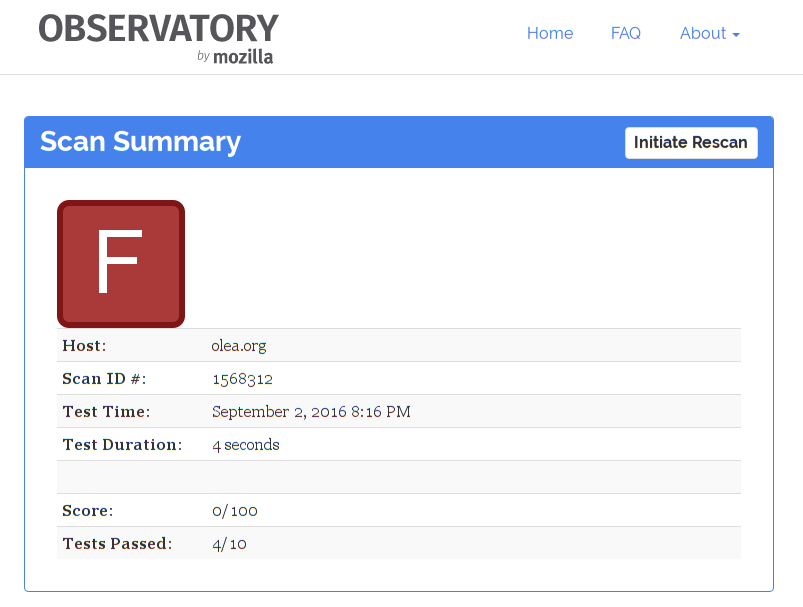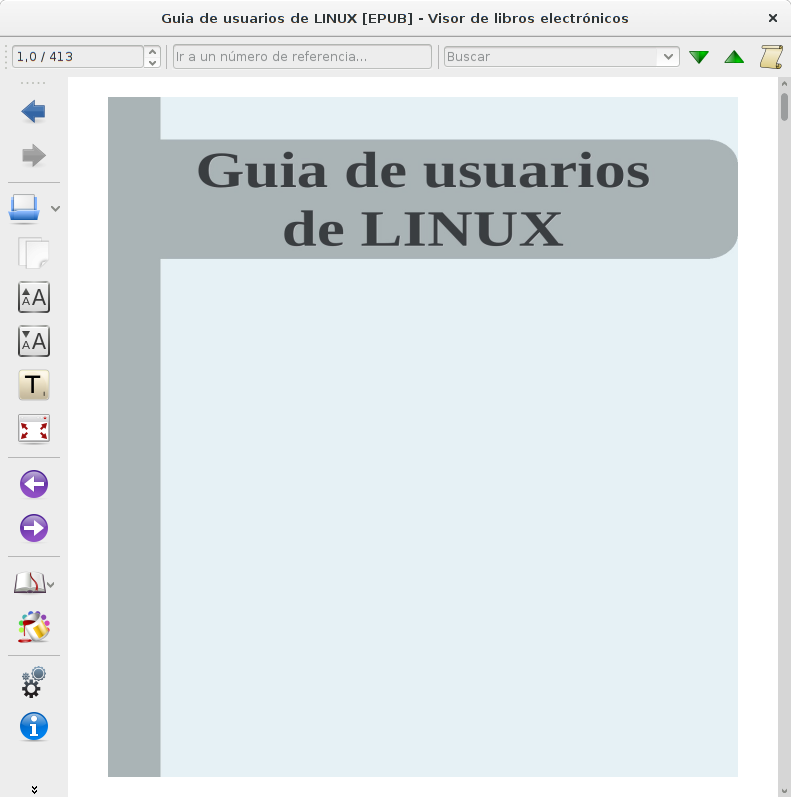«Producir y nutrir,
producir y no poseer,
obrar y no retener,
acrecentar y no regir,
son el misterio de la vida.»
Publicada la vieja web de TLDP-ES/LuCAS en Github
Desde hace unos buenos años CICA ha tenido la gentileza de alojar el servidor principal del viejo TLDP-ES que los linuxeros más fogueados recordarán como LuCAS.hispalinux.es. Fue imperativo migrar el servicio desde el momento en el que mantenimiento de los sistemas de Hispalinux empezó a colapsar y tuve suerte de que CICA nos ofreciera una VM pequeñita donde alojar lo que se pudo salvar de la web. Claro que ya no era una web importante, pero me dolía mucho dejar que desapareciera el testigo de toda una época y el fruto del trabajo de muchas personas durante muchísimas horas. Tampoco me gusta ir dejando enlaces rotos en la web si puedo evitarlo.
En este mismo proceso de «arqueología» hace ya tiempo que pensé en publicar otro repositorio que usábamos para el mantenimiento de TLDP-ES, el control de versiones con el que queríamos facilitar el trabajo de los voluntarios. Así creé este repo en Github: https://github.com/olea/LuCAS-cvs. Ahora, de la misma manera me he propuesto publicar igualmente el contenido de la web que ahora está disponible también en Github: https://github.com/olea/LuCAS-web.
Prácticamente no es más que un pequeño ejercicio de nostalgia, pero en fin, ahí queda.
Gracias a todos los que hicisteis posible ese gran servicio que fue TLDP-ES/LuCAS. Definitivamente creo que fue algo grande.
Migration to https
I’ve postponed this for eons but it has been the time to migrate the olea.org website to https
Concerned about the privacy, in 2009 the EFF launched the campaign Encrypt the Web aiming all the Web users to migrate to encrypted communications, concerning sysadmins, software programmers and users. Now I did the needed step for my main web server and since there are lots of better documentation on this I’ll just comment briefly some practical details.
First, the tools that helped me with the process:
- Mozilla Observatory, a web application for auditing the https configuration of a given domain.
- Mozilla SSL Configuration Generator, another web application for helping you to fine-tune your website https configuration in the most secure way.
You should try both if you didn’t yet. And thanks a lot to the Mozilla Foundation for creating them.
Second, the migration issues, because the auditing results are pretty bad: 🙈

- I’m not sure if my server changes would have some collateral effects in the other hosted webs. I’m not the best sysadmin. Let’s see.
- One of the biggest problem of this migration is how old this server is: a CentOS 5 server which should have been migrated years ago. Still in my ToDo. I think the most negative points of the auditing are consequence of this.
- The other one is the CA of my X509 certificates. For some years I’ve been a promoter of CACert and I’m using this certificates for other services in my server but at this moment the CACert hasn’t been able to get accepted their root certificate with the WebTrust Principles and Criteria for Certification Authorities and the internal crisis of the organization breaks all my hopes for a community driven certification authority X509 compatible. In practice this mean my current X509 certificate is not trustable for everybody who has not added the CACert root certificate by hand. Not a fun thing.
If you are reading these lines then is very probable you know about Letscencrypt which I really love too. This time I have two concerns with Letscrypt: the first this server is too old that should be migrated soon, the second is Letsencrypt is not designed to verify identities. The alternative seems to be to find a free (as beer) or paid CA providing hte verification service.
Well, I know this entry is not very useful for the most of the users, but I’m trying now to write more regularly and to document my routine technical progresses. And as the song says, «que ojalá os sirva».
PD: Finally I deactivated the apache redirection from http to https because using a CACert certificate broke my RPM repository and complicated the access to my web for some users. This is sad.
Guía de Linux para el usuario en epub
Hoy mi amigo Eduardo me ha pedido bibliografía elemental en formato digitla para empezar en serio con Linux. Mi primera idea ha sido ir a revisar o que teníamos publicado en TLDP-ES/LuCAS y lo primero que he pensado es en hacerle llegar una copia de la vieja G.L.U.P. - Guía de Linux Para el Usuario que debería atender la mayor parte de las dudas básicas del recién llegado. Como la mejor forma de leer un documento, sea en tableta, teléfono o en un lector de ebook es ePub he pensado cómo apañarlo. He aprovechado para refrescar sobre las herramientas disponibles a partir de los formatos que publicamos en su momento que son básicamente PDF y HTML. Aunque El odioso PDF es manejable por estos dispositivos, no es tan acomodable a la pantalla como puedan serlo HTML y ePub.
Hoy mi amigo Eduardo me ha pedido bibliografía elemental para empezar en serio con Linux y he decidido hacerle llegar una copia manejable de la vieja G.L.U.P. - Guía de Linux Para el Usuario en formato ePub. Así he descargado una copia en HTML de la misma, y he cambiado el archivado tar.gz por uno zip y he creado el ebook con el conversor de Calibre:
ebook-convert glup_0.6-1.1-html-1.1.zip glup_0.6-1.1-html-1.1.epub
y listo:  .
.
Después he aprovechado para hacer un poquito de control de calidad con otra utilidad de Calibre: ebook-edit.
Podéis descargar esta versión del libro desde este enlace glup_0.6-1.1-html-1.1.epub. Y como dice la canción: «que ojalá os sirva».